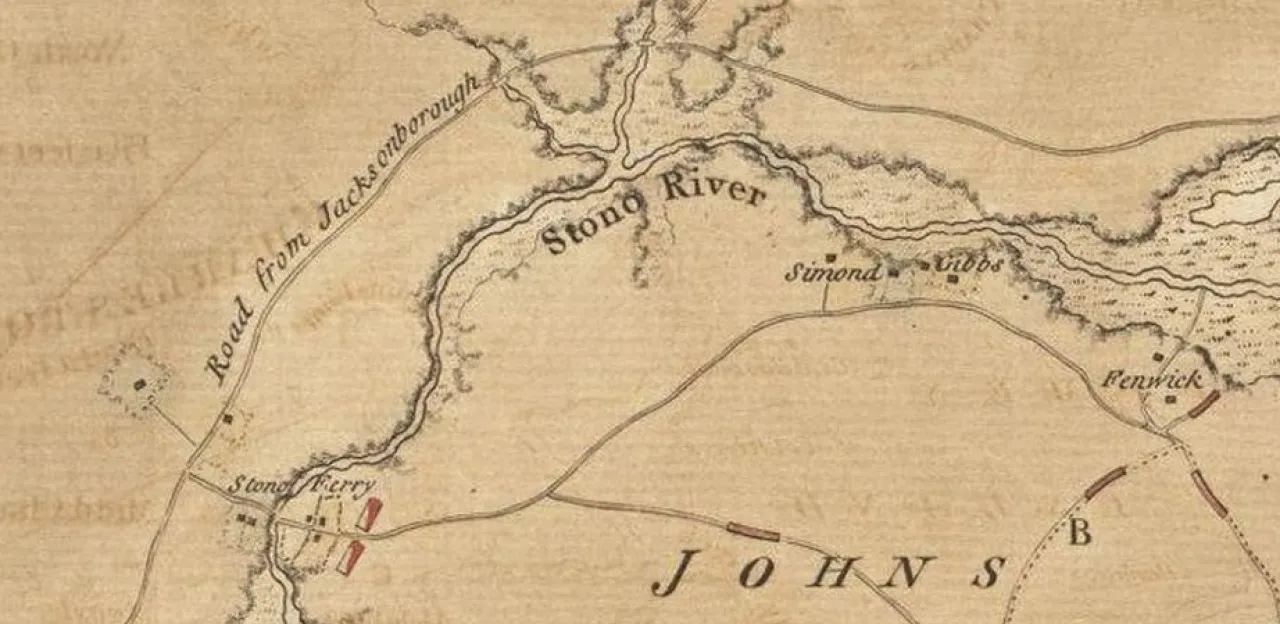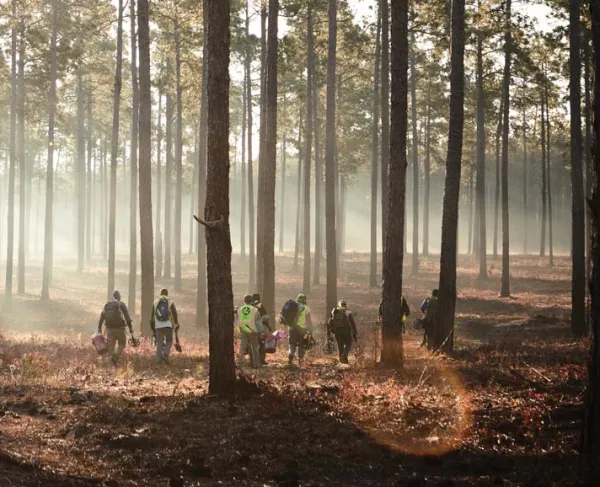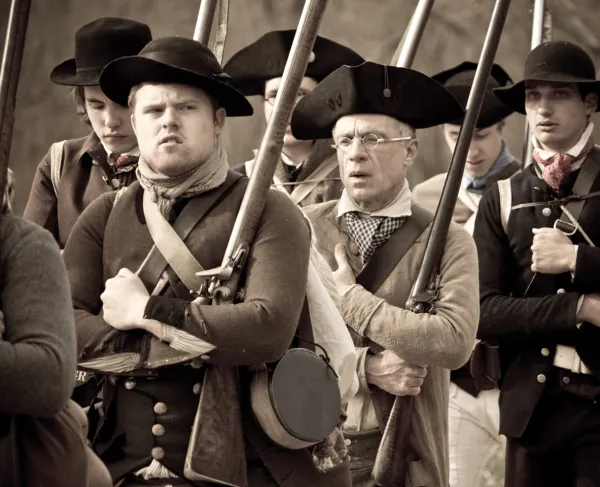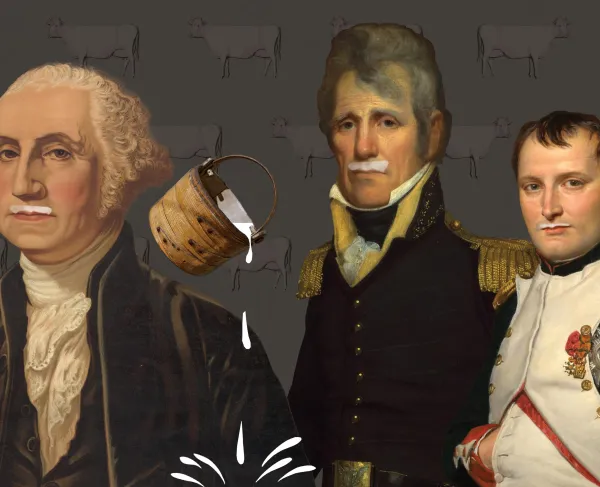The Battle of Stono Ferry

In 1778, facing a stalemate in the northern colonies, Lord George Germain, and North America Commander-in-Chief, General Sir Henry Clinton, turned their attention to the southern colonies. Understanding the strong Loyalist sentiment in the South, the British counted on their help to rise up to suppress and defeat American patriots. British forces dispatched Lt. Colonel Archibald Campbell and his troops from New York in November 1778 to capture Savannah, reinforced by Brigadier General Augustine Prevost who marched north from Saint Augustine, Florida. Campbell made landfall outside of Savannah on December 23 and successfully captured the city six days later. On April 20, 1779, Patriot Major General Benjamin Lincoln moved most of his forces from Purrysburg to Augusta to stage an attack on Savannah. Meanwhile, he ordered Brigadier General William Moultrie to remain at Black Swamp, about twenty-five miles from Purrysburg, with 1,200 men made up of the 2nd and 5th South Carolina and South Carolina militia.
General Augustine Prevost had assumed command of the British forces and established headquarters at Ebenezer on the Georgia side of Savannah River. Lincoln soon realized that Prevost was planning to cross into South Carolina but assumed that this maneuver was simply to draw him out of Augusta. The Swiss General confronted Moultrie at the port of Charles Town in May but caught wind of Lincoln’s approach from the south. Prevost could not return to Georgia in the same manner as he arrived, so he decided to use the Sea Islands as a route of withdrawal until they could get picked up by the British navy. By May 21, Prevost’s troops were distributed through John’s Island and James Island awaiting passage by boat to Port Royal, leaving a rearguard at Stono Ferry commanded by Lt. Colonel John Maitland. At the mainland landing of Stono Ferry, Maitland and his troops erected three redoubts with several cannons and about 800 British, Loyalist, and Hessian troops enclosed by an abatis, trees with sharpened branches pointing outward. The row galley Thunder provided support from the river. On May 31, a reconnaissance mission of 1,000 troops, led by Brigadier General Isaac Huger and Casimir Pulaski, approached the British position but reported back that the British post was too strong to attack. Lincoln understood he had no military imperative to attack Stono Ferry, but felt he needed a victory to sustain the morale of his troops and the civilians. Any action would have to come soon because many of his troops were Virginia and North Carolina militiamen whose enlistments were about to expire.
After a council of war on June 19, 1779, at his camp near Wallace Bridge, about three miles northeast of the British camp, Lincoln decided to attack early the next morning. He assembled 1,200 men, both Continental, and militia soldiers and started his advance to Stono Ferry at midnight. On June 17, Lincoln instructed Moultrie “to throw over on James Island all the troops which can be spared from town.” By the morning of June 20, he had 700 men on James Island. About an hour after daybreak, Lincoln formed his lines about three-quarters of a mile from the British encampment, forcing his men, mostly from the Carolinas and Virginia, to march through woods. As the Americans advanced they made contact with the British pickets at 7:00 am and easily drove them into the camp. Henderson’s 6th South Carolina encountered the 2nd Battalion of the 71st Regiment of Foot (Highlanders) who had deployed outside of the British camp. The Highlanders suffered heavy casualties as all of their officers were either killed or wounded and fell back to the camp. Of the two companies of the Highlanders, only twelve men made it back.
The British troops waited until the Americans were within sixty yards of the abatis. The rest of the South Carolina and North Carolina brigades were much less successful in attacking as they found the creek and marsh in front of the British camp unexpectedly difficult to cross. On the American right, the militia had good success against the Hessians, but Maitland rallied them to stop the militia’s progress. The North Carolina brigade charged but found the abatis impenetrable, with a deep ravine preventing their getting around it. The cannons had little effect on the British fortifications protecting the Hessians and the Royal North Carolina Regiment. Fire from the row galley Thunder drove back some of the Americans on the right-wing, and the sight of British reinforcements approaching on the causeway from Johns Island convinced Lincoln to order a retreat.
Moultrie’s assignment was to have detained the British on Johns Island, but historians debate on whether his failure to do so lay with poor weather conditions or his own incompetence. On seeing the American retreat, Maitland advanced his line in pursuit but broke off as the American cavalry in reserve engaged. According to Lincoln: “The retreat was conducted in an orderly and regular manner, our platoons frequently facing about and firing by the word of command upon their pursuers, who, however, very soon gave over the chase.”
In the battle, which lasted for fifty-six minutes, 34 Americans were killed, 113 were wounded, and 155 were missing. Of the 34 Americans, three were key officers. Most notable was Colonel Owen Roberts of the 4th South Carolina Regiment (artillery) who suffered a shattered leg from a British artillery shell. Amongst the American wounded was Major William R. Davie, General Isaac Huger, and Colonel Laumoy, a French engineer. Hugh Jackson, older brother of future President Andrew Jackson, died shortly after the battle from heat and fatigue. The British lost 26 killed, 93 wounded, and one missing.
The Battle of Stono Ferry had little, if any, impact on Germain’s southern strategy or the Revolutionary War. Prevost’s rearguard under Maitland abandoned the redoubts as intended and retreated down the coast to Beaufort, while the rest of Prevost’s forces continued to Savannah.





